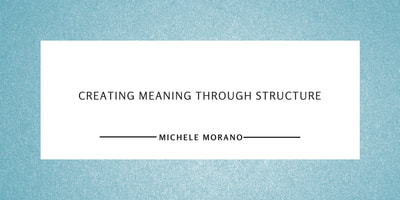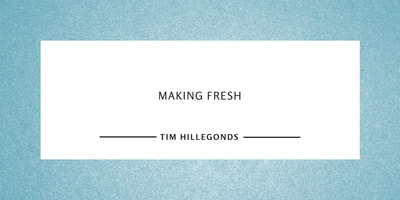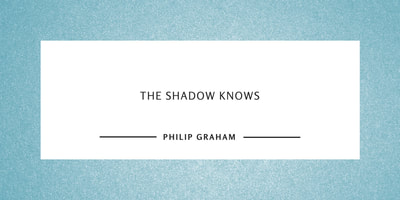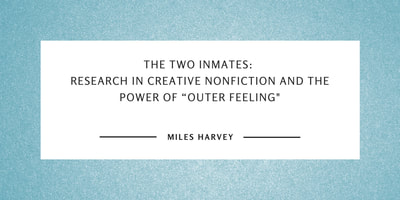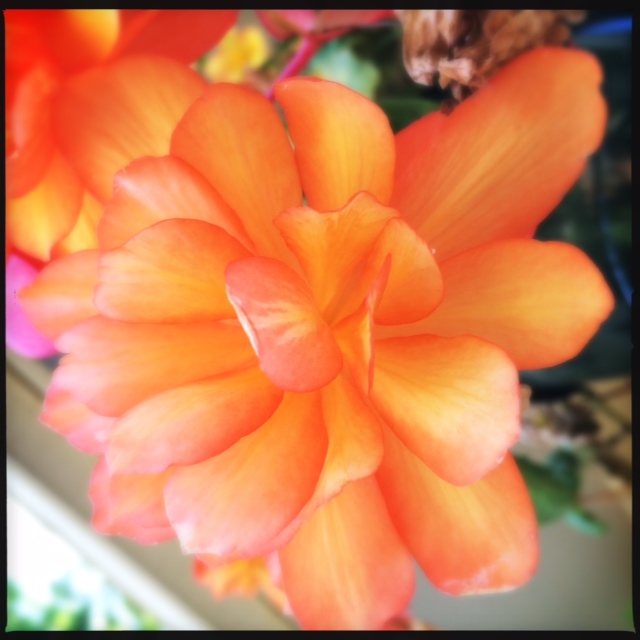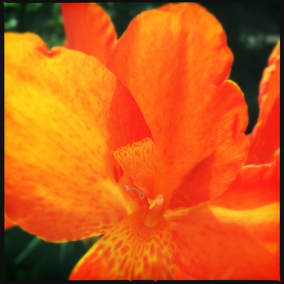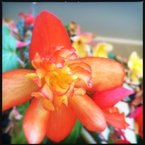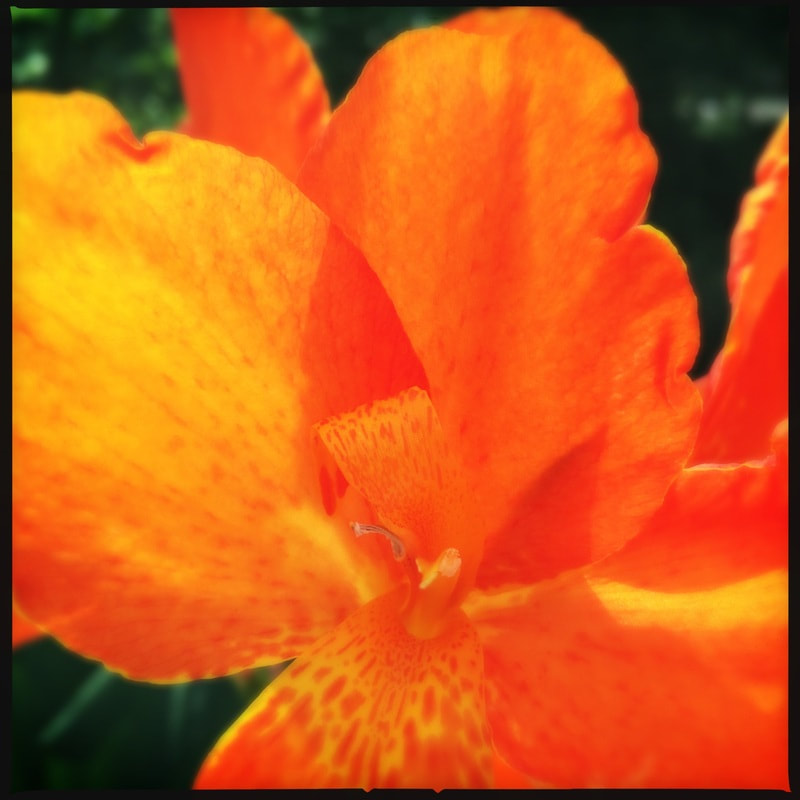In Praise of In Praise of Shadows: Toward a Structure of Reverse Momentum
Matthew Ferrence
5.1
|
What incredible pains Junichiro Tanizaki takes when he sets out to build an essay in a purely architectural style, at once fully Japanese and traditional and modern and old-fashioned and fresh and, he might say, a thing built to “harmonize with the austerity of Japanese rooms.” Yet for all this ingenuity, I understand as well how for many 21st Century readers, particularly Western ones, his “efforts might impress us as nervous, fussy, excessively controlled,” again as Tanizaki might say, did say, about something else. We are accustomed to something else, the very thing Tanizaki argues about architecture, that just as we rapidly grow used to and dependent upon the advances of the technological, we also rapidly lose sight of the ways that our very cultures, and ourselves, are built upon the relationship to things.
In Praise of Shadows attends specifically to the nature of semi-darkness, the flickering candlelight playing upon lacquerwear, the quiet repose of the ideal toilet (the most exquisitely-rendered extended passage on the beauty of that room I can recall in all of literature), the way that the brightness of externally-conceived technology can do damage to underlying culture and––this is a striking and important word––aesthetics. In this attention, Tanizaki is writing about our relationship to the world, and he is also making a case for the necessarily backward-glancing orientation of the essayist. We write, always, in negotiation with the past. We write about things, always in negotiation to that past and ourselves. We pay close attention to things, and history, and unspoken gesture, and darkness, because in peering deep into the alcove, we trust that we can make out the lines of the artwork that matter. Click here to continue reading. |
Nothing Out of Something: Diagramming Sentences of Oppression
John Proctor
5.1
|
I think the argument could be made that sentence diagramming is merely a form or extension of Euro-centric imperialism, attempting to blast through the contours and abnormalities of the English language in ways similar to what colonizers of the Americas and the industrialists who followed them have done (still do) to our physical landscape. Language, especially written language, occupies a liminal space between the natural and the synthetic. Linguistic communication is perhaps the most human of our animal instincts, allowing us a third option to the fight-or-flight dialectic: cooperative, symbiotic understanding. Language is also the primary paradigm governing the structural understanding of ourselves, and as such is perhaps the most powerful tool not just of academic disciplines, historical narratives, and generational tradition, but also of repressive governments, rapacious industrialists and capitalists, and dusty schoolmarms and mansplainers. To Control the Message is to dictate how to use our common language: to put it in a box, to diagram its meaning as if any word or sentence or thought had only one meaning, as if any person or institution had the right to impose that meaning on the rest of our shared world. I nod in agreement listening to all of these arguments, ingest them, and reproduce them here in summary form.
But. At the root of the exercise—nay, the art—of sentence diagramming, or of my exercise of it at least, is an attempt at enacting the power of language to enable understanding. If we make language to make meaning, we deconstruct language to discern meaning. Click here to continue reading. |
Essaying the World: On Tell Me How It Ends: An Essay in Forty Questions
Alysia Sawchyn
5.1
|
Though it feels very timely to events of 2018, Valeria Luiselli’s book Tell Me How It Ends: An Essay in Forty Questions begins in the summer of 2014 and ends in a postscript dated 2017. It was neither written nor published as newsfeeds were filled with stories of families torn apart at the border, but it does provide additional context for the horrific circumstances surrounding child immigration. The book informs, and it also advocates for individuals to take action toward change. I’ll admit that when I bought the book back in March of this year, I didn’t know what to expect. I’d heard good things about her novels, and so when I saw that Luiselli had written a book-length essay, I added it to my purchase from Coffee House Press in that third-day AWP book-buying fever. Its cover is minimalist: a black small caps serif font on a parchment background, no image. Anything could be inside. Click here to continue reading.
|
Crafting Digression: Interactivity and Gamification in Creative Nonfiction
Vivian Wagner
5.1
|
Creative nonfiction writers are increasingly experimenting with digression and interactivity, and this seems a wise strategy for engaging current and future readers. Digression inherently involves a kind of interaction between writer and reader, and this interactivity is beginning to feel necessary. Digression, after all, can be something that the reader does, as much or perhaps even more than the writer. We live in a distracted age, whether we like it or not, and this era has trained us to go from topic to topic, making up a relatively coherent narrative for our lives out of the fragments of our days. We read in this manner, too, focusing for a while on an essay or book before checking Facebook or Instagram or Twitter, or looking up a word, or exploring the history of a subject we’ve run across in our reading. Perhaps this also echoes the rise of digital and multimedia essays. This is not to confuse “distraction” with “digression,” certainly, since those are two different concepts. It is to say, though, that perhaps the impulse behind distraction is the same as that behind digression: we, as writers and readers, want to know something––the text, ourselves, our moment––more fully, and we follow whatever paths happen to open up.
What forms might digressions of the future take? They might be variations on absence and white space. Texts without a central text. Choose-your-own-adventures. Games or game-like activities. Any number of improvisational, immersive experiences. The possibilities are as endless as the imagination of writers creating them. Let’s look first at the argument for using digression in nonfiction, and then we’ll discuss the ongoing evolution of digressive interactivity. Click here to continue reading. |
On Beauty
Nicole Walker
5.1
|
I woke up this morning, having gone to sleep thinking about some lines Eric Lemay wrote in his book In Praise of Nothing. He is writing about returning to Ohio as a now-married man, having grown up in this town in Ohio (Athens?) but had moved to New York for a decade or so. The essay is about how he feels like two people at once, or, rather, feels as if his old self was never interrupted. That his old life and his current life are parallels, nearly one-in-the-same, but different because he observes both selves as if from outer space. He witnesses his past life and his current life from a dissociated distance. “Every time we went [to the lake] I wondered if I’d entered that pattern, if I was my younger self or the self in my swimsuit,” he writes. But that sense of dislocation, of dissociation, falls apart when a thunderstorm hits at the lake he visited in his past life, at the lake he is visiting in his current life:
One afternoon while we were there at that lake a thunderstorm came up. It was like a message from a far-off country that I’d once lived in and left for good. The momentous feeling that arrives with an electrical disturbance over a lake in America hasn’t changed in any important respect. This was the sublime, still the sublime. The whole thing was overwhelming, the overcast clouds that rolled in and the general worry on the beach about whether it’d rain. Then before long (there was no question now) a dark greening of the sky, and a lull in everything that has made life tick; and then the way the leaves suddenly turned up and showed their silver sides with the coming of a breeze across the water, and the premonitory rumble. (67) There is no more wondering who is who. The essay ends with LeMay saying, “suddenly I felt the joy of my youth.”
In the feeling, in the moment, in the beauty of those leaves-turned-silver, the fractured self comes together in one trembling, unified mass. It didn’t matter if it was the LeMay or any other book or painting or actual silver shimmering. What mattered was the notice. Click here to continue reading. |

